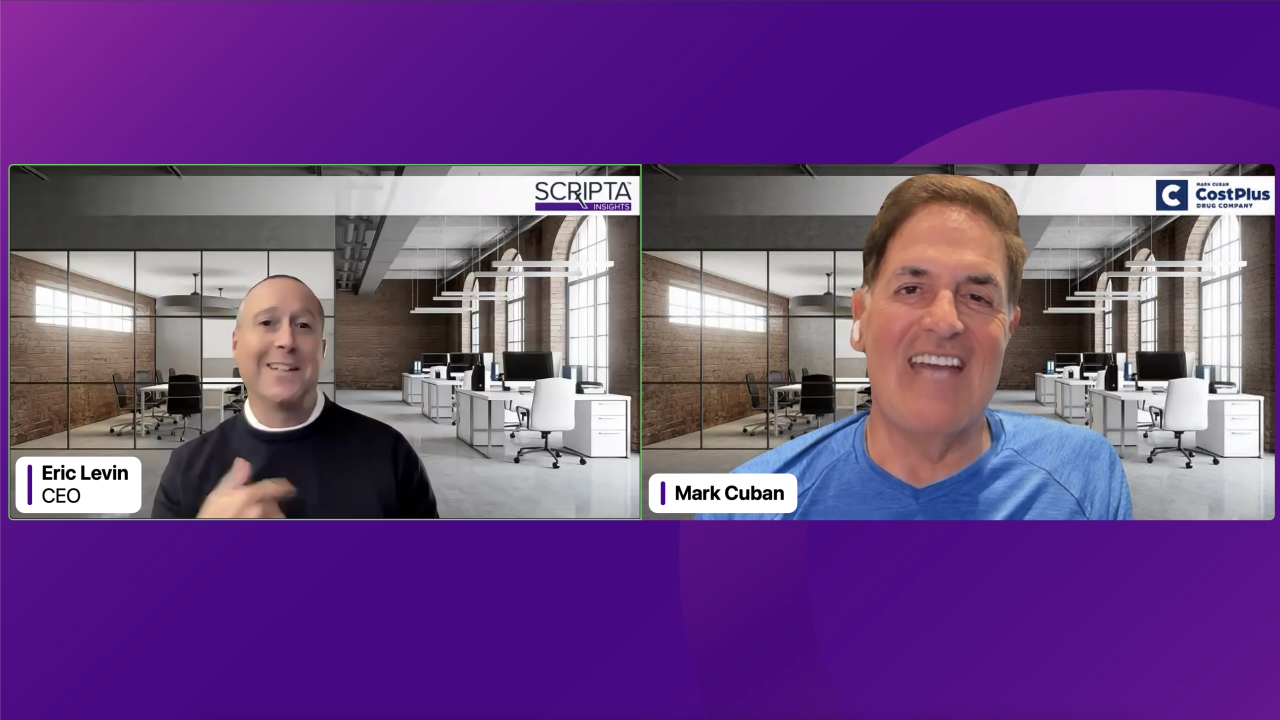When Congress passed and the President signed the Affordable Care Act into law in March 2010, it irrevocably changed the landscape of healthcare in the United States. What came first brought positive news to many that had little to no health coverage or needed financial support to get it. It also

Of course, nothing comes without a price, and the ACA has a mechanism to pay. Buried in the
1. A Cadillac plan is not always a Cadillac plan. With the start of the ACA came certain actuarial terms that entered the vocabulary of CFOs and VPs of HR everywhere, one of which is actuarial value (AV). The AV of a plan is the actuarial average, usually expressed as a percentage, of what a medical plan is expected to provide in health benefits. Simply put, an 80% actuarial value plan, a gold plan on the public exchange, would theoretically pay 80% of an average member’s medical and drug costs. However, these are just actuarial averages based on large data sets and assumptions. Deductibles, copays and coinsurance can only deter high costs by so much. The true determinant of the cost of a plan is not the car, but the driver.
2. The driver drives the Cadillac; the Cadillac doesn’t drive the driver. The ACA states that the cost subject to the excise tax is not related directly to the richness, or lack thereof, of the plan. Rather, the cost of the plan sponsor’s employees and family member demographics and general health has just as much influence on the cost of benefits as the AV of the plan. Let’s assume that two populations are offered the same medical plan. One population is in a white-collar industry, has an average employee age of 35 and located mainly in metropolitan areas. The other is a blue-collar manufacturing firm, average age of 48 with locations in rural areas. If we wager on which population has the higher costs, it would be the latter, and despite the fact they both access identical plan designs. The reasons are:
a. Older populations are costlier. In general, the older the individual, the more medical care the person will need. Basically, we’re taxing the Employers of people that drive older Hondas, not those who can afford to buy new Cadillacs every year.
b. Gender matters. If your employee population is weighted towards women in child bearing years, you tend to get more high cost claims with premature babies added to the family coverage. Now we’re taxing employers who employ soccer moms driving Honda mini-vans and adding car seats in the back.
c. Industry factors can impact plan utilization. Workplace hazards, gender mix and stress intensity are a few factors that vary between job types and may impact a company’s medical costs.
d. Geography has a larger impact on costs than one might think. Access to care does vary by location. Large metro areas are likely to have hospitals with network physicians and other medical practitioners. Consequently, there is more competition for patients, potentially keeping costs for care under some level of control. Additionally, major medical carriers seek to contract with the providers with the goal to create a large network with deeper discounts than its competitors. Conversely, rural areas are likely to have fewer providers per capita, and a single hospital with an emergency room might be the only game in town. This provides insurance carriers less incentive to push for aggressive contracted discounts and broaden their provider network. Where you buy your Honda matters when it comes to the excise tax.
So, it may not matter whether you drive a Honda or a Cadillac, since the calculation of the excise tax is based on a population’s cost and not solely the AV of the plan. Thus, the driver and not the car will have a more substantial determining factor on the tax.
3. Not everyone will drive a Cadillac. I believe in the American Dream where everyone can pull themselves up from their bootstraps and make the world their own, and own a Cadillac. Unfortunately, this doesn’t happen for all and many of us are perfectly fine with the quality, affordable Honda. However, the ACA almost assures that every employer will eventually have a Cadillac plan. The reason why is due to the mechanism for determining if you’ve triggered the tax. Briefly, plan sponsors will be taxed 40% of the excess of their plans costs over pre-determined annual cost thresholds, which are set to be indexed every year.

In 2018, these thresholds were to be $10,200 for single coverage and $27,500 for “other than single” coverage: basically any participant who covers at least one dependent. Since the delay of the tax, no information regarding the new starting thresholds in 2020 has been released. The chart above has adjusted the 2018 thresholds by inflation (3%) as an estimate. Maybe that sounds like a lot, but a recent survey by Mercer indicates that
When completing modeling for clients, I typically assume that inflation will be 3%, and herein lies the rub. Medical trend has exceeded, and is expected to continue to exceed, annual inflation 2x to 3x. Based on
Employers will face the choice of paying the tax, which, by the way, is non-deductible, or making plan design changes to delay the tax while maintaining a plan that meets the definition of affordability. Once plans hit the tax, without plan changes, the gross tax of a plan will tend to grow exponentially. So not only will true Cadillac plans face the excise tax, but so will Hondas and you might start thinking Vespas.
4. Warranties and upgrades to your Cadillac could cost you. If you buy a new car, especially a Cadillac, you probably want to protect it through insurance and warranties. The same should be true for your health, more so if the federal government offers tax incentives to aid in planning for possible healthcare expenses under the rapid increase in financial exposure from high deductible health plans. Flexible spending accounts (FSAs) and HSAs are such incentive vehicles that can provide savings to ease the financial burden of medical costs, much like a warranty. Unfortunately, these tax-advantaged programs are likely to be counted towards the excise tax in its current form.
Top on the list of concerns for many employers is the forthcoming Affordable Care Act tax on high-cost group health plans. While benefit advisers are already working with their clients to avoid the so-called Cadillac tax, many questions remain unanswered. Here are the top 5 open issues related to the Cadillac Tax, according to Richard Stover and Leslye Laderman, both principals in the Knowledge Resource Center of Buck Consultants.
The language in the ACA is clear about FSAs: all contributions will be counted towards the overall cost measurement of excise tax hurdles. The law did not directly address employee pre-tax HSA contributions, though
As one may expect, this can have significant ramifications on the viability of HSAs as cost saving mechanisms for companies. Envision this scenario: in 2016 an individual elects her company’s HDHP. The total cost of coverage is $650 per month, or $7,800 per year; well below the original 2018 single coverage threshold. However, the employee chooses to elect the full IRS-allowed annual tax free HSA contribution of $3,350, minus any employer HSA funding. Now the annual cost of coverage is $11,150, well above the $10,200 threshold, and there’s still two years of medical trend to manage. She may also elect a limited purpose FSA (LPFSA) to cover non-medical health expenses which will be added on top of the $11,500.
Bottom line: the tax favored status of FSAs and HSAs will be severely eroded by the excise tax, which is unfortunate because these “warranties” are likely to lose favor among plan sponsors. This is a shame since HSAs and HDHPs have produced lower costs to plan sponsors while offering plan participants first-dollar coverage.
5. Speed limits are variable. Who wouldn’t enjoy having a variable speed limit based on the car you drive? You could drive your Caddy 85 mph while the Hondas and Vespas would stick to the slow lane. Sounds great, and the excise tax does discriminate based on model. The speed limits (thresholds) are not necessarily the same for all groups. Language in the ACA allows for excise tax thresholds to be adjusted up if a covered group falls into a “high-risk profession”, which are set slightly higher and match the thresholds set for pre-65 retirees (originally $11,850 single/$30,950 family – new thresholds, if any, TBD).
So what is a high risk profession? The IRS has provided examples including law enforcement officers, construction and mining laborers, and longshoremen to name a few. The cynic in me would speculate that the ruling party in Congress at the time was looking to ease the concerns of constituents with notable union populations which tend to have higher costs medical plans. Is this fair? Probably not, but it is the current law. So it won’t matter if you drive a Cadillac or Honda; if your company is considered “high-risk,” you may be due some relief from the highway patrol.
By now, you get the analogy. The points above should reinforce that the excise tax is not a Cadillac Tax. Many other factors will determine its application and impact. To further complicate things, we have a presidential election between now and its 2018 enactment. It may be delayed similar to the employer shared responsibility requirement, revamped or completely eliminated, as there are calls from both sides of the aisle to “reform the reform”. If the excise tax, the primary method by which the ACA is to be funded, is eliminated, who will pay and how? That’s to be determined, but each of us may want to a look in the rearview mirror into the eyes of the driver to find an answer.
What employers can do1. Similar to car buying, know the full cost of ownership . Before you sell your Cadillac on CraigsList, review what your car has to offer in the way of competitiveness, retention and upkeep. How long has it been since your Cadillac has had a tune-up? (Review your benefits strategy or create one.)
2. Consider the options to make your car last longer, run smoother. Take your car to a mechanic (a benefits consultant or actuary) and consider:
a) High-deductible health plans with add-on options (incentives, voluntary benefits). HDHPs cost approximately 18% less than PPOs and HMOs
b) Self-funding. This funding vehicle has proven to save money for larger companies (typically 500+ employees), and employers avoid paying state premium taxes and ACA Insurer Fees.
c) Bend the trend on medical via integrated, employee-targeted wellness and disease management programs.
3. Take your plan in for annual maintenance. Ask your consultant or actuary to do a complete excise tax analysis for your current plan(s). The results will provide a starting line for strategy discussions to help you navigate the bumpy roads of the ACA.






